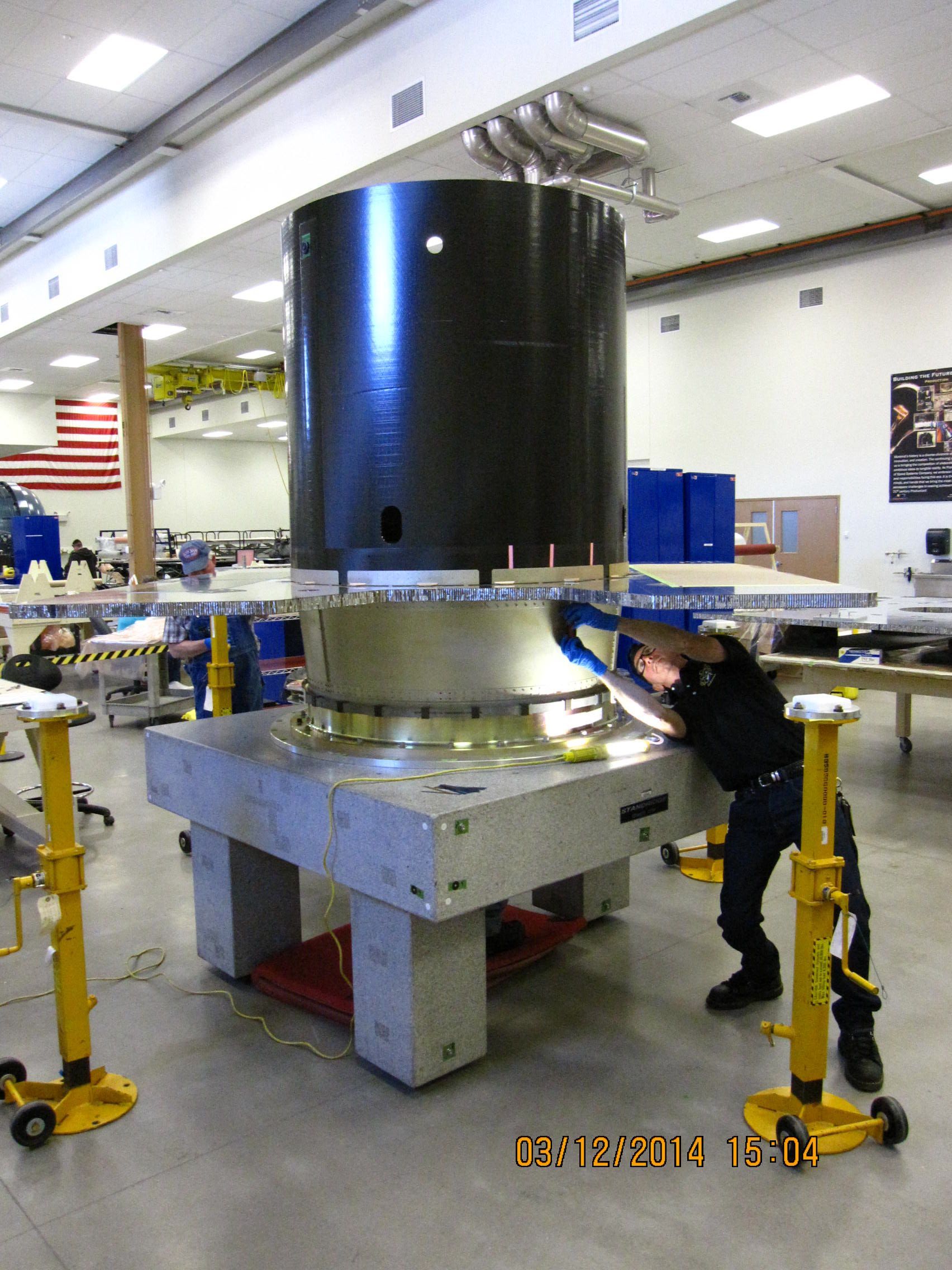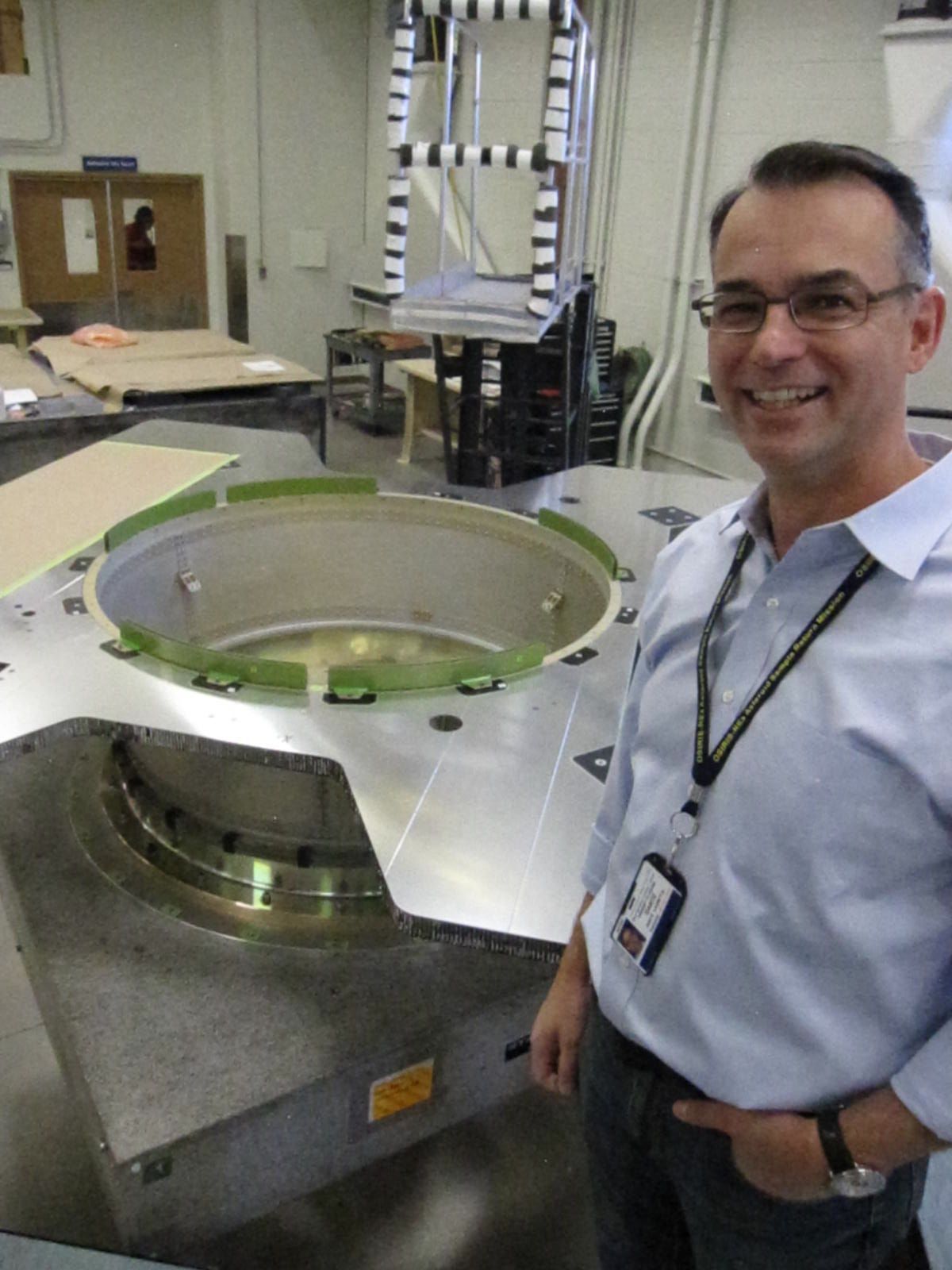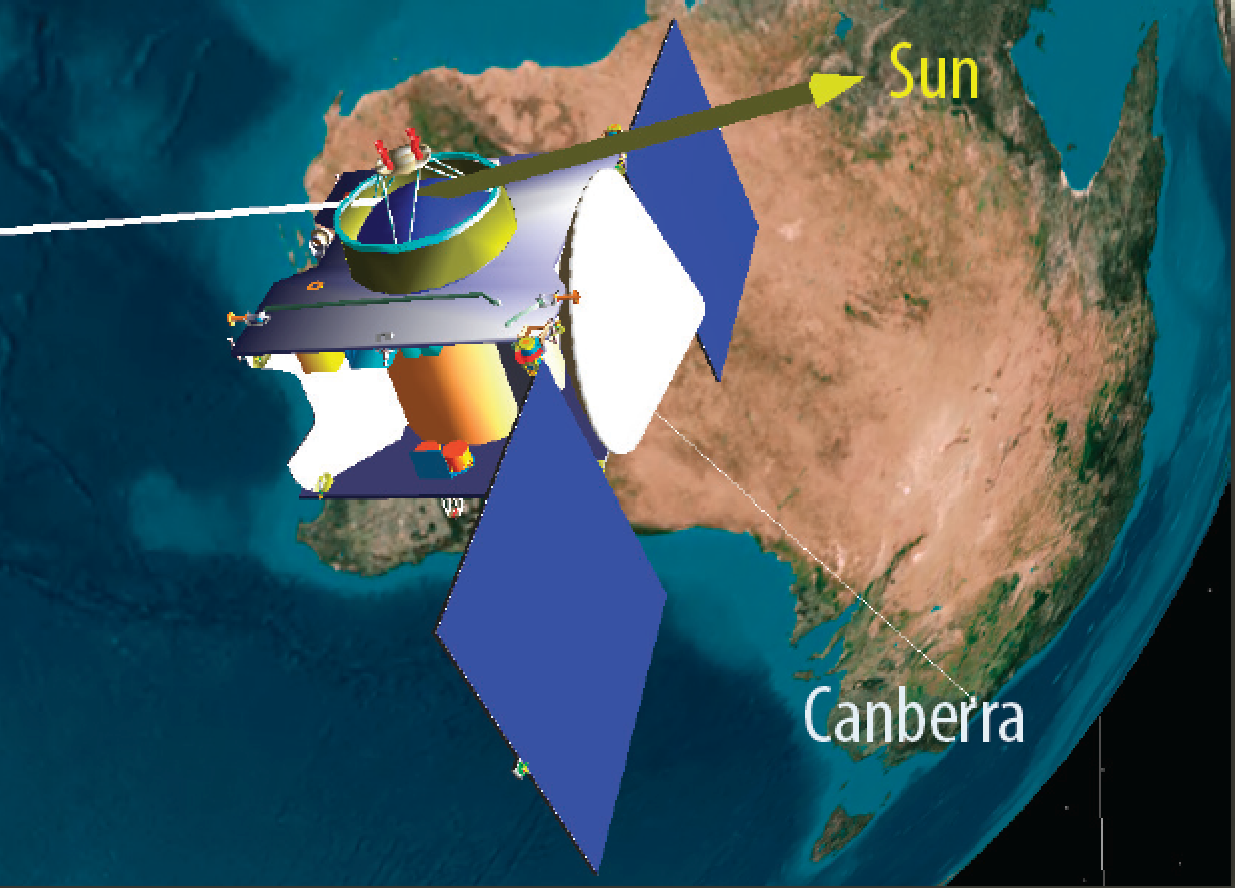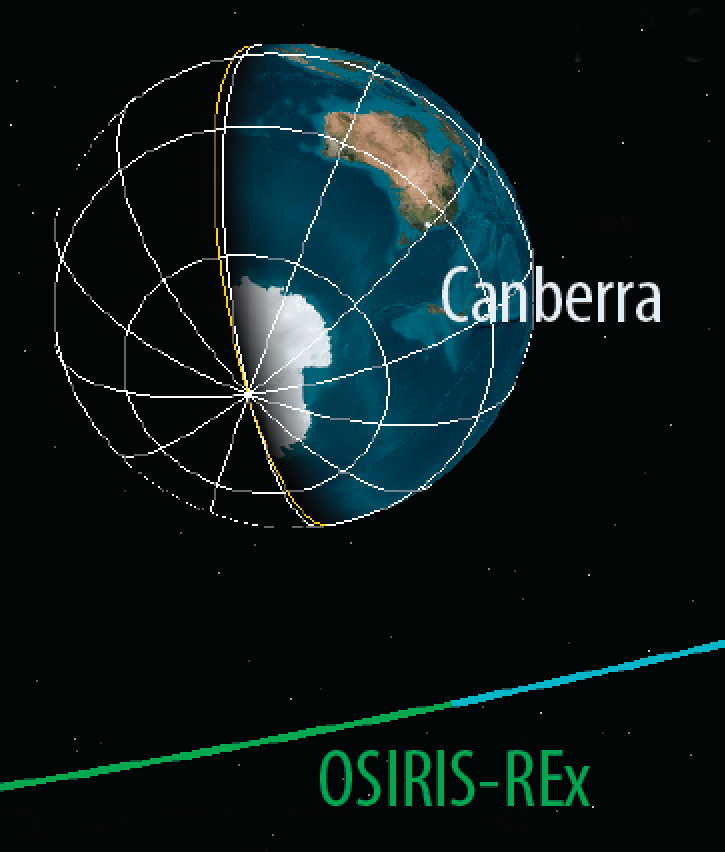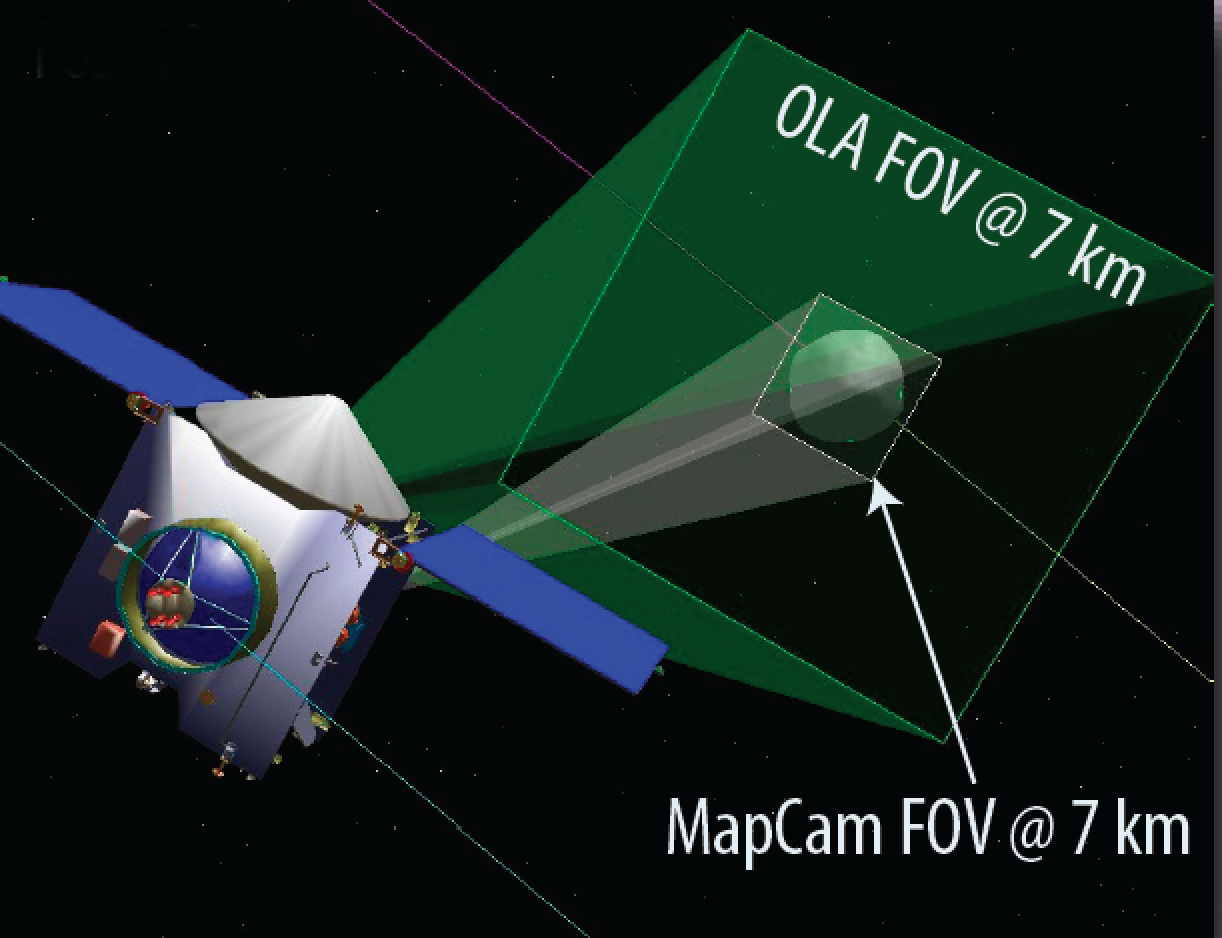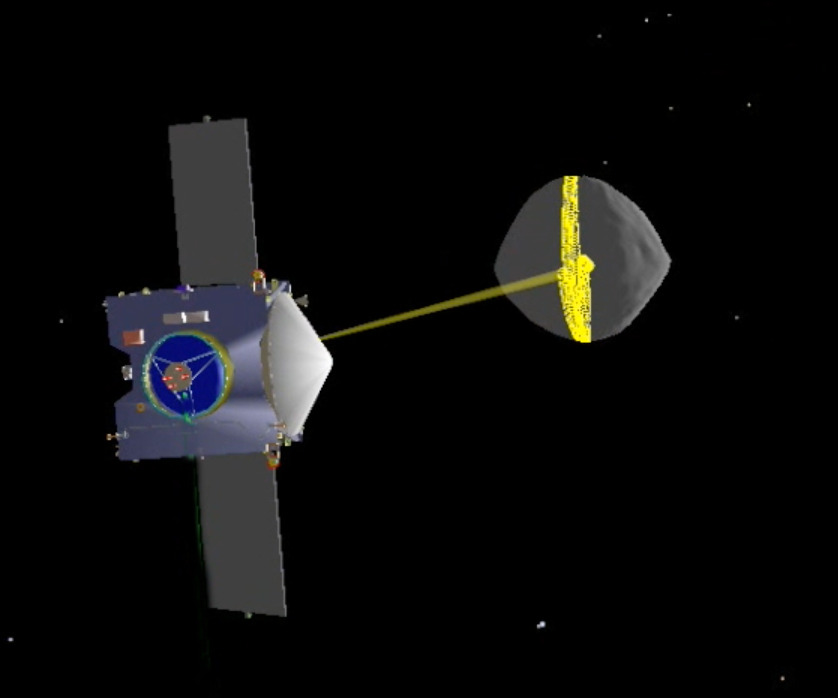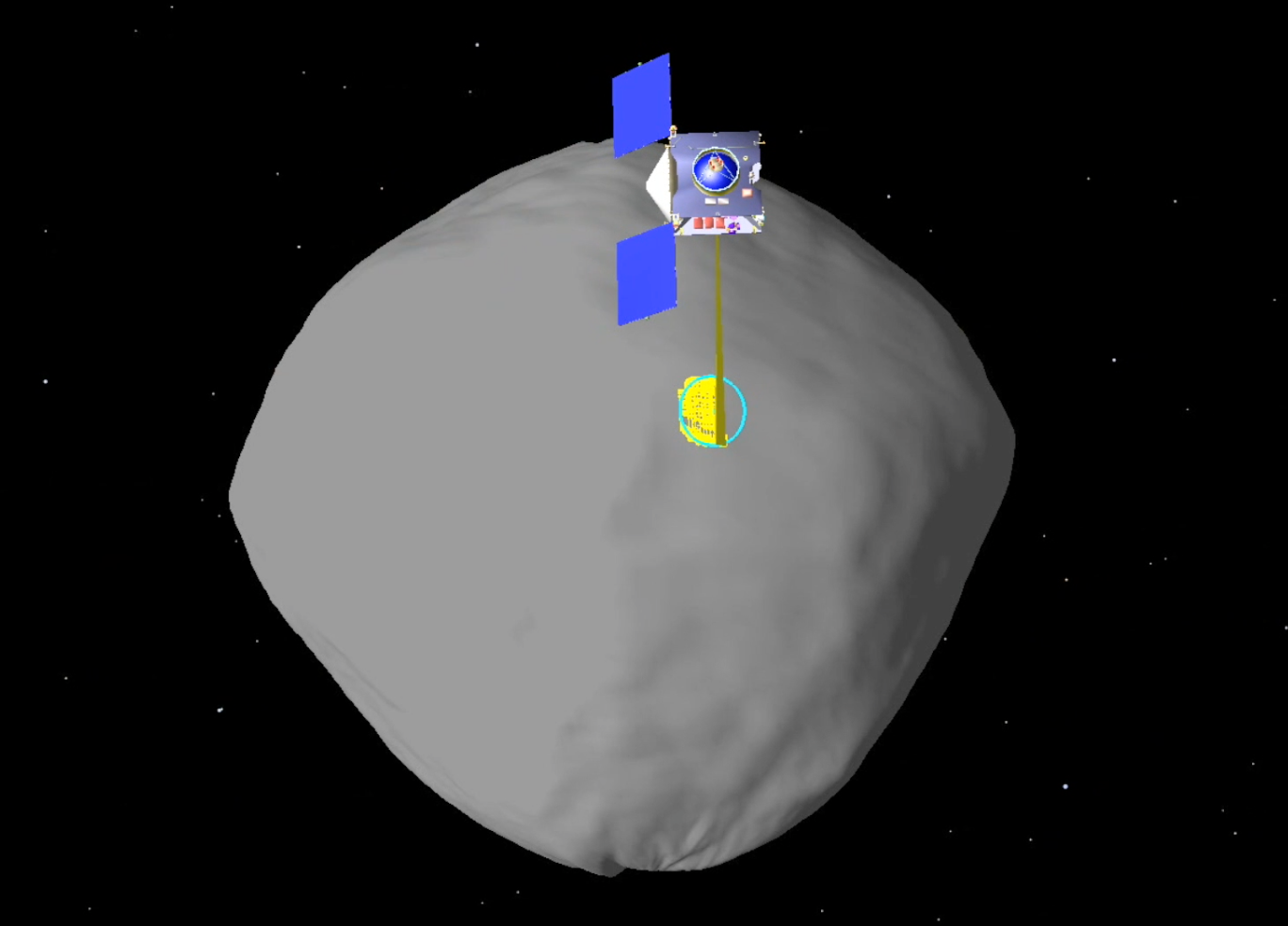- Joined
- Oct 11, 2009
- Messages
- 3,484
- Reaction score
- 403
- Points
- 123
- Location
- Utrecht
- Website
- www.spaceflightnewsapi.net
NASA has selected the OSIRIS-REx mission as the next New Frontiers mission. OSIRIS-REx will visit asteroid 1999 RQ36 and return with samples
that may hold clues to the origin of the solar system and life on
Earth.
After launching in 2016, OSIRIS-REx (Origins-Spectral Interpretation-Resource Identification-Security-Regolith Explorer) will approach asteroid 1999 RQ36 in 2019. Once the spacecraft is in sync with the asteroid, it will extend its sample collector and collect over 60 grams of material to return to Earth, making OSIRIS-REx the first U.S. asteroid sample return.

After traveling four years, OSIRIS-REx will approach the primitive, near Earth asteroid designated 1999 RQ36 in 2020. Once within three miles of the asteroid, the spacecraft will begin six months of comprehensive surface mapping. The science team then will pick a location from where the spacecraft's arm will take a sample. The spacecraft gradually will move closer to the site, and the arm will extend to collect more than two ounces of material for return to Earth in 2023. The mission, excluding the launch vehicle, is expected to cost approximately $800 million.
The sample will be stored in a capsule that will land at Utah's Test and Training Range in 2023. The capsule's design will be similar to that used by NASA's Stardust spacecraft, which returned the world's first comet particles from comet Wild 2 in 2006. The OSIRIS-REx sample capsule will be taken to NASA's Johnson Space Center in Houston. The material will be removed and delivered to a dedicated research facility following stringent planetary protection protocol. Precise analysis will be performed that cannot be duplicated by spacecraft-based instruments.
RQ36 is approximately 1,900 feet in diameter or roughly the size of five football fields. The asteroid, little altered over time, is likely to represent a snapshot of our solar system's infancy. The asteroid also is likely rich in carbon, a key element in the organic molecules necessary for life. Organic molecules have been found in meteorite and comet samples, indicating some of life's ingredients can be created in space. Scientists want to see if they also are present on RQ36.
SpaceFlight Now also released an article about it: NASA picks robotic asteroid voyager for liftoff in 2016
that may hold clues to the origin of the solar system and life on
Earth.
After launching in 2016, OSIRIS-REx (Origins-Spectral Interpretation-Resource Identification-Security-Regolith Explorer) will approach asteroid 1999 RQ36 in 2019. Once the spacecraft is in sync with the asteroid, it will extend its sample collector and collect over 60 grams of material to return to Earth, making OSIRIS-REx the first U.S. asteroid sample return.

After traveling four years, OSIRIS-REx will approach the primitive, near Earth asteroid designated 1999 RQ36 in 2020. Once within three miles of the asteroid, the spacecraft will begin six months of comprehensive surface mapping. The science team then will pick a location from where the spacecraft's arm will take a sample. The spacecraft gradually will move closer to the site, and the arm will extend to collect more than two ounces of material for return to Earth in 2023. The mission, excluding the launch vehicle, is expected to cost approximately $800 million.
The sample will be stored in a capsule that will land at Utah's Test and Training Range in 2023. The capsule's design will be similar to that used by NASA's Stardust spacecraft, which returned the world's first comet particles from comet Wild 2 in 2006. The OSIRIS-REx sample capsule will be taken to NASA's Johnson Space Center in Houston. The material will be removed and delivered to a dedicated research facility following stringent planetary protection protocol. Precise analysis will be performed that cannot be duplicated by spacecraft-based instruments.
RQ36 is approximately 1,900 feet in diameter or roughly the size of five football fields. The asteroid, little altered over time, is likely to represent a snapshot of our solar system's infancy. The asteroid also is likely rich in carbon, a key element in the organic molecules necessary for life. Organic molecules have been found in meteorite and comet samples, indicating some of life's ingredients can be created in space. Scientists want to see if they also are present on RQ36.
SpaceFlight Now also released an article about it: NASA picks robotic asteroid voyager for liftoff in 2016
Last edited by a moderator:

